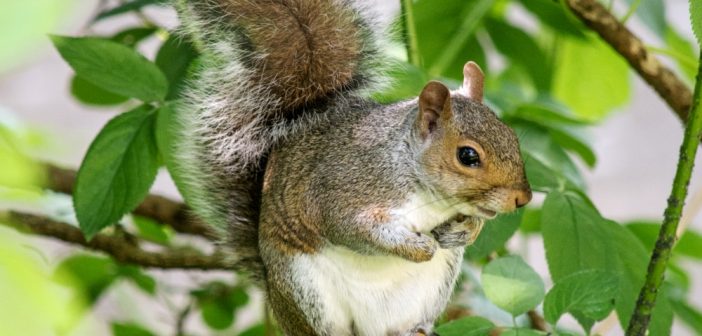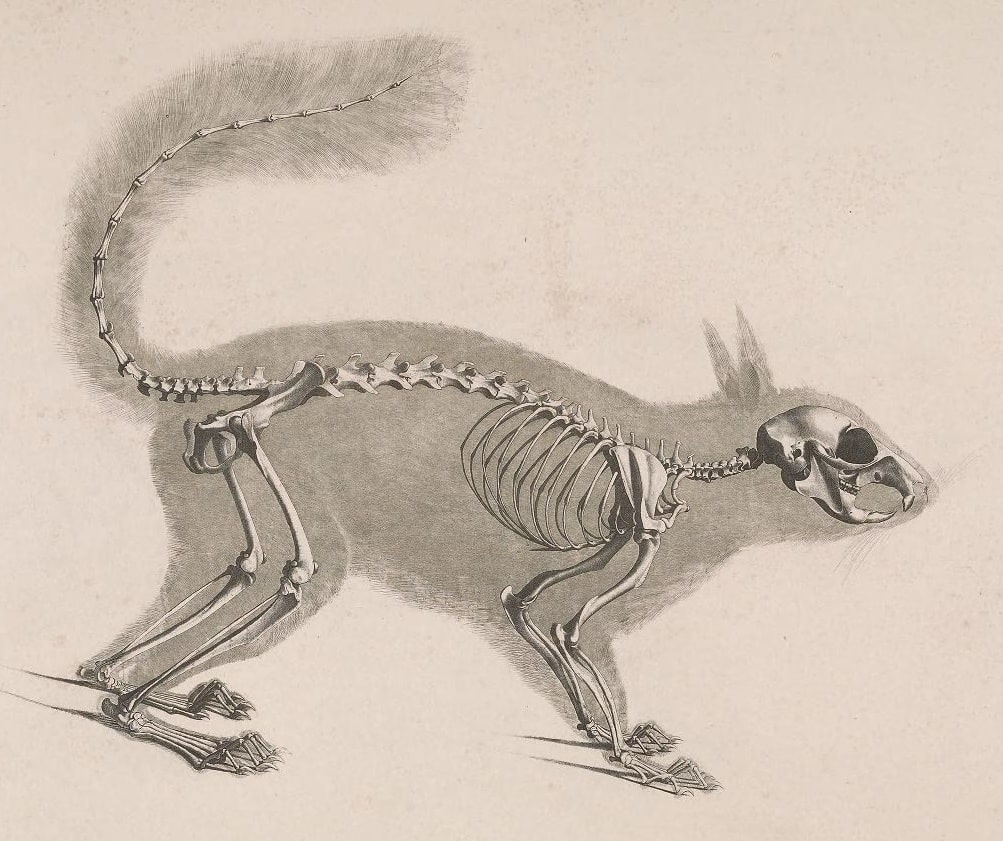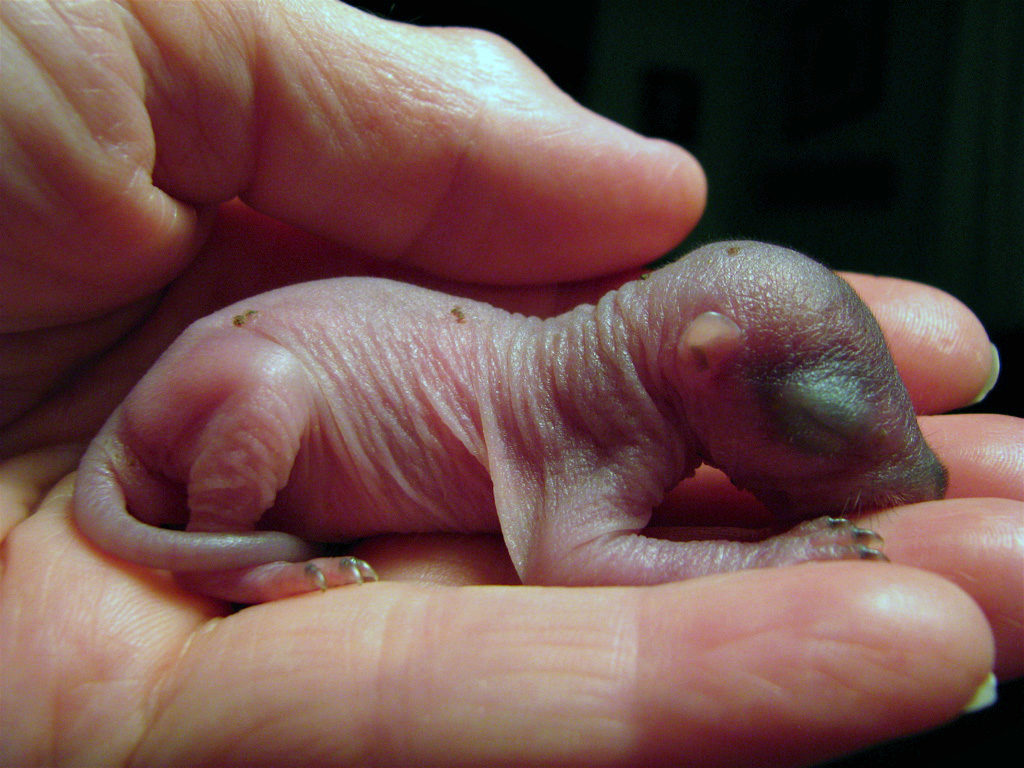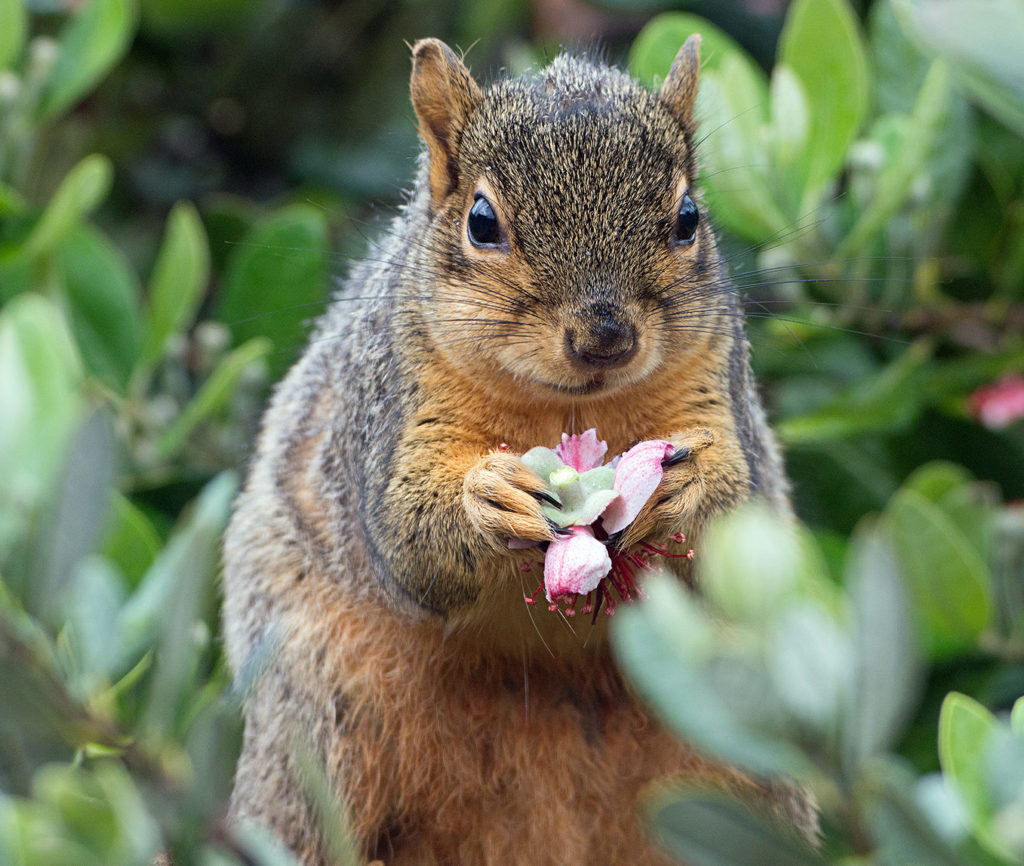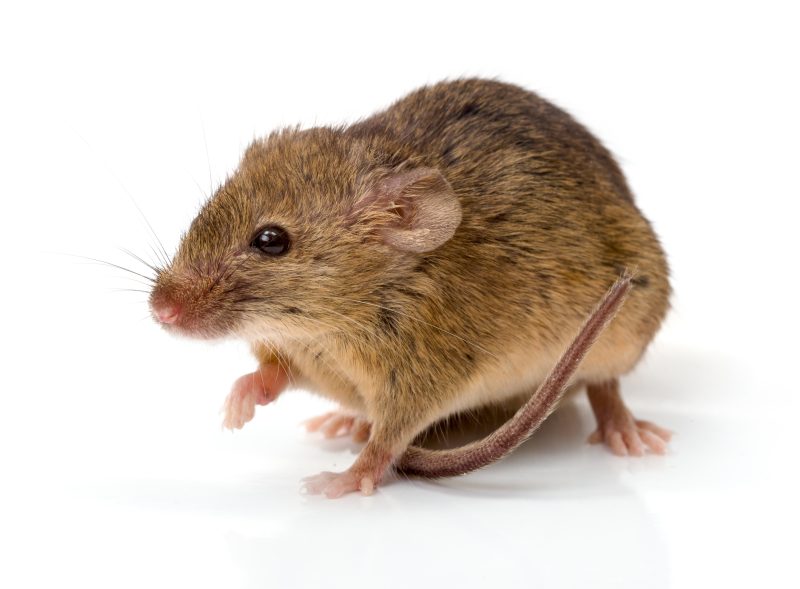Do you feed squirrels? Would you rather be feeding birds? Across the nation, mini-battles rage between people and the squirrels that steal from their feeders at warp speed. We try first one method and then another and another, with the squirrels usually the victors! The two most common thieving squirrels in the United States are Eastern Fox Squirrels and Eastern Gray Squirrels. Both are native to the country’s eastern half but have been introduced into western areas.
Squirrels are rodents in the family Sciuridae. Their suborder, Sciurinae, also includes ground squirrels, chipmunks, and marmots. There are ten subspecies of Fox Squirrels and five subspecies of Gray Squirrels.
Fox Squirrels spend much of their time on the ground searching for food and prefer woodlands next to openings. They’re tolerant of prairie-type environments. Gray Squirrels, on the other hand, prefer dense stands of trees, so the two generally don’t share the same habitat. When they do, they don’t interbreed. Squirrels have home territories of a few acres, where they spend their entire lives. As a result, you may have several squirrels living in your yard in overlapping territories.
Origin
The earliest known squirrel fossil, which looks similar to today’s flying squirrels, is 47 to 33 million years old. That places it in the Eocene Epoch when forests covered Earth.
Fox Squirrel
The Fox Squirrel is the largest tree squirrel native to North America, at 18–29 inches long (46–74 cm), plus a tail length of 8–13 inches (31 cm) and a weight of 1.1–2.2 pounds (31.2–62.4 g). Its coloring is typically brown-grey to brown-yellow, with a brownish-orange underside; however, it has the most variable coloration of any squirrel in the world, with subspecies that produce dazzling exceptions. For example, an all-white (but not albino) population lives in Marysville, Kansas. Other locales have Fox Squirrels with patterned dark-brown bodies or black faces with white noses. And there are other variations, too. They all shed their hair twice a year, in summer and fall.
Gray Squirrel
The Gray Squirrel is considerably smaller than the Fox Squirrel, at just 9.1–11.8 inches long (23.1–30.0 cm), plus a 7.5–9.8-inch tail (17.8 to 25.4 cm). It weighs about 14.0–21.0 ounces (400–600 g). Like the Fox, it sheds its hair in the spring and fall.
The Gray Squirrel is predominately what its name says, although some have a brownish tinge. Its belly is whitish, and sometimes its tail may be a lighter color. In winter, its ears may be white. An exception among Gray Squirrels is an all-white (not albino) population living in Brevard, North Carolina, and a few other cities. There are also some all-black populations in the Midwest and Northeast.
Squirrel features
Squirrels have small, upright ears, and their mouth is slightly on the underside of their face. Sensitive whiskers dot their muzzle and other areas of their face. Large, black eyes are set high on the head and slightly to the sides. This gives the squirrels a wide side view but prevents them from seeing directly in front.
Squirrels have 20 teeth. Four of them-—their orange-tinted front teeth (two upper and two lower, called incisors)-—grow continuously, about 6.0 inches (15 cm) a year. That might conjure up the impression of terrifyingly long teeth, but they keep them “filed” by regularly gnawing on tough surfaces like wood to maintain proper length and alignment. To do otherwise means death because they’ll eventually be unable to eat or will injure themselves grievously.
Another interesting thing about the incisors is that the front surface is covered by hard enamel, while the back surface is dentin, which is softer. Consequently, the back surface wears down faster than the front, producing a chisel shape.
A tail for all seasons
Their long, fluffy tail is like the squirrel version of a Swiss Army Knife, having multiple uses! When they sweep it up over their back, it’s a slicker when it rains. On a hot, sunshiny day, it’s an umbrella. It covers them when they sleep and provides a blanket of warmth in cold weather. The word “squirrel” comes from the Ancient Greek skiouros, meaning “shadow tail.”
Their tail also serves as a stabilizer when they go airborne between trees or branches. If they fall, it’s a mini-parachute. It’s a rudder when they swim. And, it can save a life when a pursuing predator catches one by the tail-—the fur, skin, and some of the vertebrae will easily break off—and the squirrel can keep on running (alas, it doesn’t grow back). As if all that weren’t enough, it communicates fear, anger, annoyance, aggression, and other emotions according to whether it’s held straight up, straight back, or curled over the body.
Speed and agility
Squirrels have hairy feet with four toes on the front (sometimes called fingers) and five on their long back feet. Their claws are long, curved, and extremely sharp, and their hind legs are strong. Their ankles are double-jointed, which allows them to turn 180 degrees. All in all, these critters can perform some pretty fancy footwork. On the ground, they’re fast and can quickly dodge away from predators. They can run 20 miles per hour (32 km) and leap up to 8 feet (2.4 m). If they must swim, they do it well.
Senses
Squirrels have well-developed senses of taste, hearing, eyesight, and touch. They also have such a keen sense of smell they can detect a buried nut under a layer of snow. Sensitive facial whiskers called vibrissae help them feel around in the dark. In addition, there are sensitive hairs on the forepaws, just above the wrists, and females have a sensitive single hair on each nipple, eight in all.
Intelligence
How smart are squirrels? Extremely! Just ask anyone who’s tried to keep them off a bird feeder! They develop strategies to outwit even complex mechanisms. They’re also relentless; it takes a lot for them to give up. Squirrels are quick learners, capable of adapting their behavior to gain access to food and to interpret the intention of others-—pretending to cache nuts when they know they’re being watched and then hide them elsewhere. Here’s a convincing example of squirrel smarts
Behavior
Fox Squirrels are diurnal, meaning they’re active through the day and sleep at night. Gray Squirrels, on the other hand, are primarily crepuscular—most active in the early morning and late afternoon.
Both species are primarily solitary, although adults sometimes share a den in cold weather, and females share one with their offspring while raising them. Otherwise, they don’t often interact other than to congregate at bird feeders. Neither species is aggressively territorial, but they’ll defend their nests and food.
The squirrels spend their idle time in their nest or lying on top of a tree branch. They’re very clean and spend time each day on personal grooming. They generally go to bed early, curling into a tight ball well before sunset.
Fall is when they’re most active; hints of coming cold weather ignite a need to find and bury winter food. They also begin to eat more, packing on lots of fat to help carry them through the winter. They don’t hibernate, even in frigid weather, although they will sometimes spend several days at a time curled up in their nest.
Defenses
When they feel threatened, the squirrels often remain motionless, expecting their coloration to camouflage them in their surroundings. Their safest place is in a tree, so that’s where they’ll head if they must run. If caught, squirrels will claw and bite.
One defense tactic is to keep a vertical object between themselves and a predator. Perhaps you’ve experienced this when approaching a squirrel clinging to a fat tree trunk. As you move around the tree, the squirrel does, too, so the trunk always stays between you.
Communication
Fox and Gray Squirrels are vocal; you may know this firsthand if you’ve been the target of their scolding. It’s a loud, staccato, clucking sound accompanied by a fast, swishing tail and “get outta here” stare! They turn their scolding on each other in the same way but have other forms of communication, as well, including barks, whistles, and, in the case of Gray Squirrels, a quacking sound. Chattering their teeth is another form of aggression.
They vocalize for other reasons, also: to warn of nearby predators, announce when a danger has passed, and in courtship and territorial displays. They may make a loud shrieking sound when startled or frightened. As infants, they purr when being fed by their mothers. You can learn more about squirrel talk here and here.
Another form of communication is with scent—they mark their territories with urine and can identify a relative by their scent trail.
Nesting and cover
Being tree squirrels, they prefer to build a nest in a tree hollow or another high location, such as a chimney or attic that offers cozy protection from predators and weather. Lacking that, they make a drey. A drey is a hollow, roughly sphere-shaped nest constructed about 30 feet (9 m) above the ground. It’s made of thickly interwoven twigs a squirrel has just gnawed off a tree. The twigs are soft and pliable with leaves still attached, which makes them easily manipulated. When the twigs die, they harden into position, providing sturdiness and resistance to wind. The drey changes from green to brown as the leaves dry up.
The drey is lined with finer material, such as grass, moss, dried leaves, and shredded bark. The opening (sometimes two, so that there’s an escape exit) is usually on the underside and oriented toward the trunk. This configuration means it has a “roof” to keep the rain out. Should it become contaminated with parasites, the squirrel moves out. It’s common for them to have one or more spare dreys (which eventually fall apart). In the heat of summer, a squirrel might instead construct a simple saucer-like nest.
Reproduction
Fox Squirrels mate twice a year, from mid-December to early January and June. Gray Squirrels mate from December to February and May to June. Mating occurs a bit later in colder climates. For both species, the gestation period is 44 to 45 days.
Mating begins with males chasing females, each hoping to be the final suitor. Males will also chase each other, hoping to drive competitors away. They know when a female is ready to mate by her scent, and they may mate with more than one in a season. They otherwise play no role in the lives of their offspring.
A pregnant female prefers a den in a tree hollow. But, if she must, she’ll build a drey in the fork of a tree or other place she considers safe. She gives birth to as many as seven (usually three) very pink, blind, deaf, and mostly naked babies, weighing about 0.5-ounce (14 gm). They have a few whiskers on their head, which they use to find their mother in the dark nest.
In about three weeks, the infants begin to grow hair, and their ears, which were flat at birth, stand up. Then, at four to six weeks, their eyes open. By the seventh week, weaning will start, and by the tenth, they’re fully weaned, ready to take on the world with a lifetime supply of quick wits and keen senses.
Good mother
Until they’re weaned, their mother shows them plenty of care. She spends time in the den, even lying on her back to make it easier for them to nurse. She’ll aggressively protect them from predators and move them one by one to another location if need be. She fusses over them by keeping them clean and free of parasites. Her nest stays clean, too, because she removes the babies’ excrement.
As juveniles, the squirrels learn social skills and how to fend for themselves. They play-fight and chase each other around. This helps them develop coordination and strength, which they’ll need for survival. They practice mounting behavior and also groom each other.
They learn which trees offer food, the tastiest ones to gnaw on, how to crack open a nut, how to judge when a limb is too flimsy to climb, and how to escape predators. They stay with their mother for several weeks, but more and more, they yearn for life alone. Males of both species are more likely to disperse to new territories than females.
Food sources
The squirrels spend much of their life on the ground, seeking or tending to food. Although considered herbivores and aficionados of nuts, they supplement their diet with insects, bird eggs, and even nestlings, mostly while raising their young. They also eat seeds, corn, tree sap, buds, twigs, inner tree bark, fungi, osage oranges, and other fruits.
In late summer and fall, they bury nuts to serve as food stores through the winter. When winter comes, they dig them up as needed. The nuts aren’t cached all in one spot, and while they probably remember where some are, they may locate most of them by smell. The nut one squirrel digs up might well have been buried by another. Through this method of storing nuts, squirrels help in reforesting, as more nuts are buried than retrieved.
Food becomes scarce by late winter—some buried nuts were never found, and other food sources are only beginning to develop. At this time, the squirrels rely heavily, to the frustration of tree lovers, on tree buds and sometimes tree bark.
Lifespan
Fox Squirrels raised in captivity have lived up to 18 years. In the wild, females may live 12 years or more, while males die younger from various causes. Gray Squirrels live an average of six years in the wild but can live up to 20 years in captivity. In the case of both, most die before they become adults.
Predators
Predators of squirrels include hawks, foxes, coyotes, and house cats. Vehicles kill thousands, perhaps millions, a year. In addition, some Fox Squirrel subspecies are endangered due to overhunting and forest destruction.
More reading
Pine squirrels love, love, love their pines!
How to evict squirrels with excluder funnel Tree baffles to baffle squirrels Squirrels: frequent questions Interesting facts about ground squirrels

